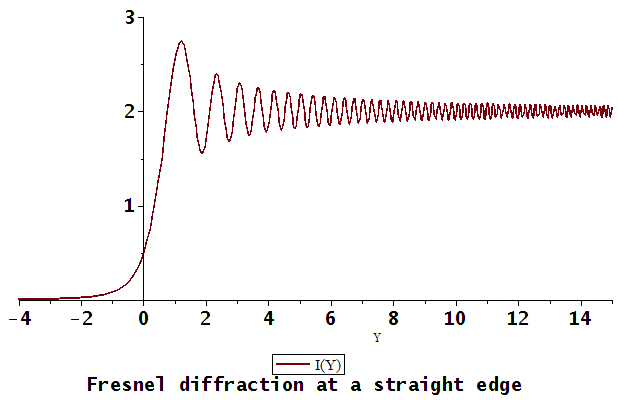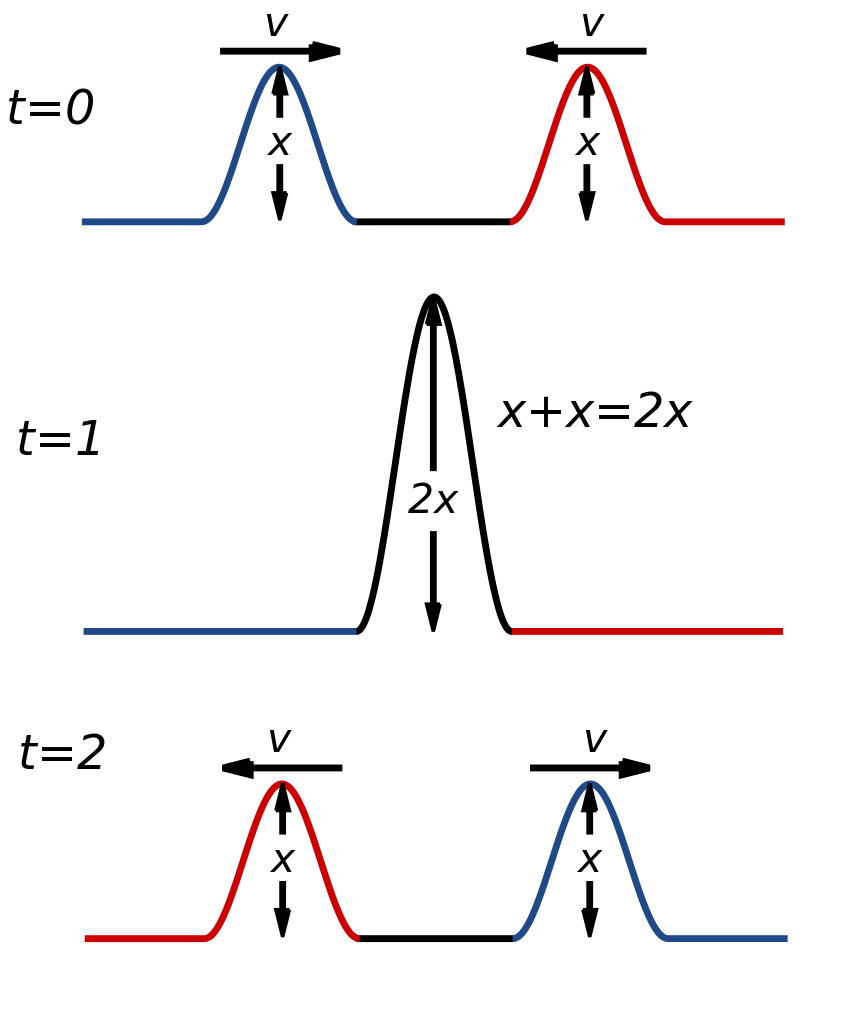Difference Between Diffraction and Interference
Diffraction and interference are two phenomena based on the principle of superposition of waves. In the past there was a big distinction between these two phenomena, among which there are no fundamental differences. Namely, interference is result of the superposition of the titration of two waves, which are synchronously titrated with some difference in the phase. While diffraction is result of the superposition and continuum of waves and/or sources that are again synchronous and have certain phase ratios.

What is Diffraction?
Under the term diffraction, we consider the result of the superposition of the continuum of the differently located sources of identical frequency of the phase-coherent sources. For simplifying the calculation we can use the approximation where the dimensions of the source and/or aperture through which the radiation is released is small compared to the distance at which the result of the diffraction phenomenon is considered. In calculations, Hygens’ principle is proved to be of tremendous help. The Hygens principle states that all these points of the wavefront can be regarded as sources of waves coherently oscillating. For example, if we have a curtain that prevents wave propagation and we make a small opening on it, all the points of the same phase between the edges of the opening are coherent sources of the new wave. Naturally, if the original source of oscillation is far enough in terms of the point source (), then the joint points of the holes of the opening may be considered as synchronous sources of oscillation for the diffraction phenomenon. Diffraction (optical) grating is performed with a glass plate (grid) with a large number of parallel patches on equal interconnections. A diffraction grating is used to elicit a high intensity light diffraction pattern. Conditions for the formation of diffraction maximum and minimum are:
maximum diffraction: dsinφ = n Λ
diffraction minimum: dsinφ = (2n + 1) Λ / 2
where d is the constant of the diffraction grid, Λ is the wavelength and n – the whole number having values=1, 2, 3…
What is Interference?
In the superposition of two mechanical waves a constructive and destructive interference can arise. In the case of constructive interference, the resultant amplitude is greater than any individual wave amplitude that makes this superposition, while in destructive interference the resultant amplitude is lower than any amplitude of the individual waves that make this interference. Fundamentally, all interference with the waves of light is increased when the electromagnetic field containing the individual waves is superimposed into the resultant wave. If there are two lamps placed next to each other, no interference will be detected because the waves of one lamp are emitted independently of the waves of the other bulb. The emissions from these two bulbs do not have a constant phase difference in time. Light waves from ordinary sources such as a bulb are caused by random changes with magnitude of 10-8 s. Consequently, the conditions for constructive interference, destructive interference, or intermittent duration, are larger than 10-8 s magnitude sequences. As the eye cannot observe such short time changes, no interference has been detected. The sources in which we have a quick change of phase difference are called non-coherent. In order to have a sustainable interference that can be observed, the following conditions must be met: the source must be coherent (the difference in phases must be constant, one in relation to the other), the source should be monochromatic (source of one wavelength). In order to have a stable interference pattern we must have waves between which the phase difference is constant. For example, sound waves emitted from two speakers placed next to each other connected to one amplifier can interfere with each other because these two speakers are coherent. This is because both speakers are connected to the same amplifier, so their response to the amplifier is simultaneous. The basic principle method of obtaining two coherent light sources is by using a monochromatic source on obstruction with two openings (cracks). The light that emerges on these two cracks is coherent because it originates from the same source.

Difference Between Diffraction and Interference
1) Definition of Diffraction and Interference
Interference is the occurrence of the concordance of two monochromatic coherent light rays which results in maximum increasing or weakening of the intensity of light.
Diffraction is the appearance of wave shifting from the initial direction of stretching (forming new propagation lines) in its hitting into an obstacle.
2) Conditions of Diffraction and Interference
In order interference to happen, the wave sources should be coherent and monochromatic. I
n case of diffraction the wave should be of a similar size to an obstacle in a barrier.
Diffraction vs. Interference: Comparison Chart

Summary of Diffraction and Interference
- Diffraction is a phenomenon that is often confused with interference. Interference would occur where the two waves interact with each other so that are simply algebraic summed up. The diffraction would be a cause of interference, but with a significant difference – there is only one wave source
- In order to interfere the waves must be coherent – have same frequency, same direction of oscillation and constant phase difference. In case of diffraction the size of the obstacle and the wavelength of the light must have a certain ratio
- Difference Between Thermodynamics and Kinetics - June 24, 2018
- Difference Between Welding and Soldering - June 24, 2018
- Difference Between Additive Colors and Subtractive Colors - June 20, 2018
Search DifferenceBetween.net :
Leave a Response
References :
[0]Serway, R., A. & Faughn, J., S. “Holt Physics.” Austin, Texas: Holt, Rinehart and Winston, 2000. Print
[1]Main, I. G. “Vibrations and Waves in Physics.” Cambridge: Cambridge University Press, 1994. Print
[2]Bettini A. “Diffraction, Interference, Coherence. In: A Course in Classical Physics 4 - Waves and Light.” Undergraduate Lecture Notes in Physics. Cham: Springer, 2017. Print
[3]Image Credit: https://commons.wikimedia.org/wiki/File:Fresnel_diffraction_at_a_straight_edge.png#/media/File:Fresnel_diffraction_at_a_straight_edge.png
[4]Image Credit: https://upload.wikimedia.org/wikipedia/commons/thumb/2/2e/Constructive_interference.svg/853px-Constructive_interference.svg.png
